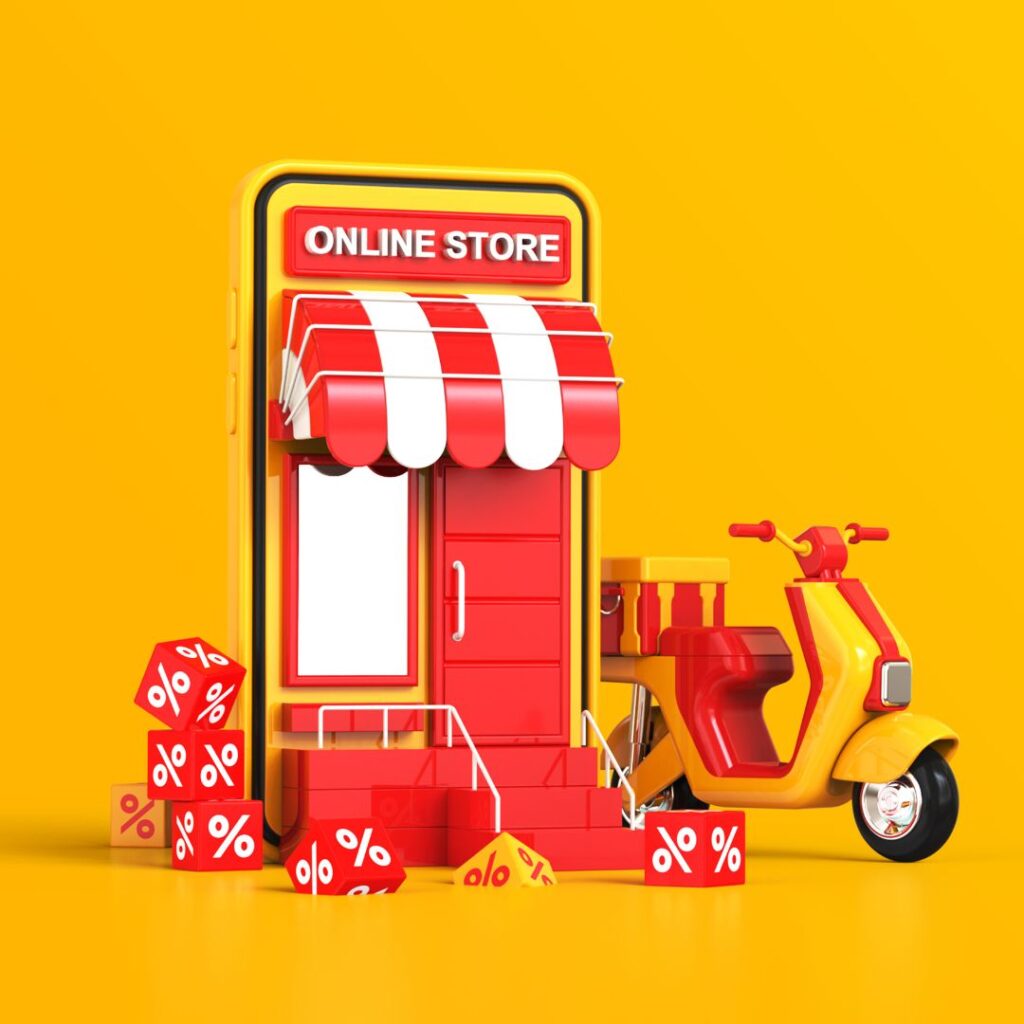How to Start an Online Store: A Step-by-Step Guide for Entrepreneurs
- Learn how to set up your online store.
- Discover tips for selecting and managing products.
- Understand effective marketing strategies to drive traffic and sales.
- Explore resources to help you succeed in e-commerce.
In the digital age, starting an online store can be a game-changer for small business owners and entrepreneurs. With the right approach, you can tap into a global market, boost your brand, and drive significant sales. But how do you get started? This guide will walk you through the process of launching and running a successful online store, from setup to marketing and customer engagement.
Why Start an Online Store?
Imagine reaching customers all over the world without the overhead costs of a physical store. That’s the power of e-commerce. An online store offers flexibility, scalability, and the potential for significant profit margins. Whether you’re looking to expand your existing business or start a new venture, an online store is a smart move.
Setting Up Your Online Store
The first step in starting an online store is choosing the right platform. Shopify, WooCommerce, and BigCommerce are popular options, each offering various features to suit different business needs. Once you’ve chosen a platform, you’ll need to select a domain name that reflects your brand and is easy to remember.
Key Steps to Set Up Your Online Store:
- Choose an E-commerce Platform: Shopify is great for its ease of use, WooCommerce for its flexibility, and BigCommerce for its scalability.
- Select a Domain Name: Ensure it’s catchy, relevant to your business, and easy to spell.
- Design Your Store: Customize your store’s theme to reflect your brand’s identity and create a seamless shopping experience.
Selecting and Managing Products
Your product selection is crucial to your store’s success. Focus on a niche that you are passionate about and that has market demand. Use high-quality images and write detailed product descriptions to attract customers. Proper inventory management is also essential to avoid stockouts and overstocking.
Effective Product Management Tips:
- Identify Your Niche: Choose products that cater to a specific audience.
- High-Quality Images: Invest in good photography to make your products look appealing.
- Detailed Descriptions: Provide comprehensive information about your products, including sizes, materials, and care instructions.
Marketing Your Online Store
Driving traffic to your store requires a solid marketing strategy. Leverage social media, email marketing, and SEO to reach your target audience. Paid advertising, such as Google Ads and Facebook Ads, can also be effective in driving traffic and sales.
Marketing Strategies to Drive Traffic:
- Social Media Marketing: Promote your products on platforms like Instagram, Facebook, and Pinterest.
- SEO Optimization: Optimize your product pages for search engines to attract organic traffic.
- Email Campaigns: Send newsletters and promotions to engage your audience and encourage repeat purchases.
Engaging with Your Customers
Customer engagement is key to building a loyal customer base. Provide excellent customer service by responding promptly to inquiries and resolving issues efficiently. Encourage customer reviews and use feedback to improve your products and services.
Customer Engagement Tips:
- Prompt Responses: Address customer questions and concerns quickly.
- Encourage Reviews: Positive reviews build credibility and trust.
- Use Feedback: Continuously improve your products and services based on customer feedback.
Conclusion
Starting an online store can be a rewarding venture for small business owners and entrepreneurs. By setting up your store, selecting the right products, marketing effectively, and engaging with your customers, you can build a successful e-commerce business. Ready to take the next step? Visit our business resources page or our homepage for more tips and tools to help you succeed.




